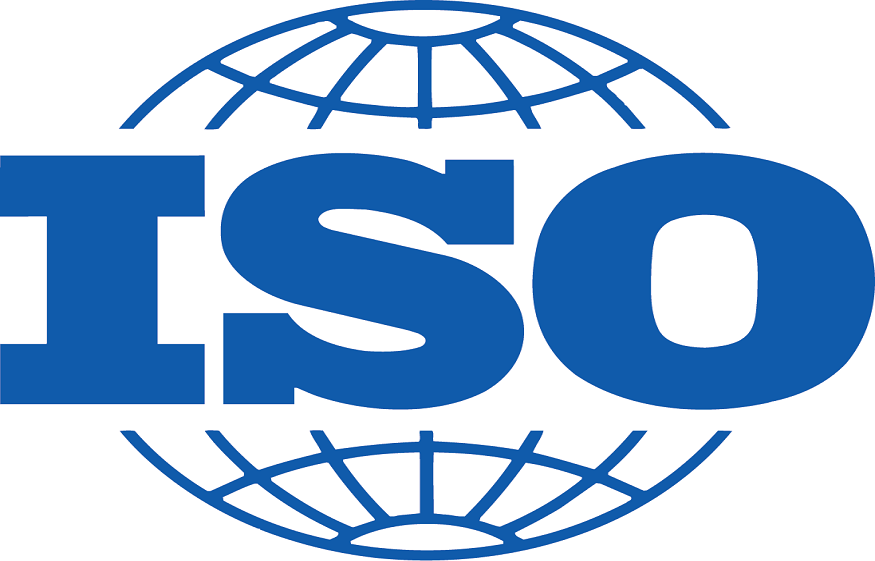Business world is challenging and demanding with more and more regulatory norms mandating commitment to quality, safety and efficiency. Sticking to the legal path and getting compliance greatly adds to the reputation of a company. Certification provides a competitive edge by instilling confidence in stakeholders and customers adhering to Indian and international standards. It helps to improve internal processes, leading to increased operational efficiency and reduction in waste.
When the companies get certified with ISO certification in India, it opens doors to new business opportunities reducing the risk of legal issues. Since this is a globally recognized certification, the company enjoys trust and reliability and demonstrates an organization’s commitment to maintaining safety and quality along with overall efficiency and consistency.
Many international companies prefer to work with certified organizations for assurance of quality and reliability. Getting certification involves a comprehensive evaluation of the company’s processes and systems to ensure they meet specific criteria established by the relevant ISO certification and accreditation. This validation includes documentation of procedures, implementation of quality management systems and conducting internal audits. The International Organization for Standardization develops and publishes a range of standards across various industries so that companies can get the requisite certification to evaluate an organization’s processes and systems. They thus meet specific criteria for relevant ISO standards which helps them to achieve specific targets. Let us understand the common mistakes that must be avoided to avail of ISO certification in this country:
- Inadequate understanding of ISO standards: One of the foremost mistakes that businesses make is failing to understand the ISO standards and their relevance. Each ISO standard has certain requisitions, objectives and processes. Before applying for certification and accreditations, conduct a comprehensive training session for employees to understand the requirements of a particular standard. Employees at all levels must comply with the requirements for clarity and direction.
- Lack of management commitment: Getting the certification must not be considered just an operational task. It needs a cultural shift within the organization which is crucial for the success of the certification process. This is a common error in the lack of commitment from top management. To rectify this, management should actively participate in the implementation process, provide resources and foster a culture that values quality by demonstrating a strong commitment towards continuous improvement.
- Ignoring employee involvement: The certification process cannot be implemented without the active participation of the employees. So ignoring their involvement can be a mistake that can lead to resistance, low morale and inadequate implementation of the quality management system. It is advisable to engage the employees at all levels. Their help must be solicited by conducting workshops and assigning them responsibilities related to the validation process for ISO certification.
- Neglecting documentation requirements: Documentation of the whole process and progress is of utmost importance for successfully implementing the certification process. Lack of documentation can lead to non-conformities during audits. It is vital to develop a structured approach to documentation from the beginning. Further, ensure that all processes are well-documented and keep records updated to reflect the current practices and the consequences of following the approach. Regular reviews and revisions of documents can help to conform to the rules and regulations.
- Overlooking internal audits: Further, overlooking internal audits allowing organizations to identify gaps and areas of improvement can be critical especially when it can lead to unaddressed issues derailing the certification process. You must use trained auditors or engage external auditors for unbiased assessments to achieve compliance with ISO standards.
- Inadequate training and awareness: If the employees are not trained and prepared properly, they may not be able to fully understand the requirements of standardization by ISO. This may result in ineffective implementation and non-compliance. So, involve and train the employees by arranging workshops, seminars and online courses focusing on getting standardization and avoiding this common mistake.
- Lack of continuous improvement mechanism: Certification by ISO requires continuous improvement which needs regular reviews, feedback mechanisms and a commitment to adapting processes and practices based on the data of performance and audit findings. The lack of a continuous improvement mechanism hinders the achievement of the fundamental principles of certification.
- Choosing the wrong certification body: One of the most important things to consider is to choose the right certification body. With proper research and deliberations select the appropriate body with credibility for accreditation. A reliable body which has a track record of successful certifications in your industry and has expertise and customer feedback to their credit.
- Underestimating time and resources required: To prepare for ISO certification, there is a need to estimate the time and resources required. This is because they underestimate the needs of the ISO requirement and fail to allocate adequate resources, budget and personnel for the certification process. Businesses must look into this to avoid such pitfalls which may result in non-conformity to the ISO certification.
- Failure to address non-conformities: Businesses must take adequate corrective actions by identifying non-conformities and avoid ignoring these issues. They must develop a systematic approach to address non-conformities and document the findings to analyze and implement corrective actions ensuring compliance to clear the certification audit.
Conclusion:
As ISO can transform organizations and change their operations drastically, it is essential to be careful while planning, committing and executing the validation so that there are no pitfalls. By avoiding common mistakes, companies can reap long-term benefits by achieving the certification. When your business obtains the validation, you can foster a culture of quality and continuous improvement and achieve the overall success and workability of the organization. By meeting the ISO standards, businesses can commit to maintaining quality, consistency and safety along with efficiency. This commitment can lead to a comprehensive advantage in the marketplace. Hence it becomes important to avoid any pitfalls by maintaining a pace and avoid rushing with implementation. Many a time stakeholders do not communicate effectively about the certification process. Sometimes companies can disregard customer feedback without taking sufficient time to evaluate it. Finally, it is also important that realistic goals are set so that each stage of execution is well executed. Breaking down the bigger goals into smaller ones helps to manage the tasks and monitor the progress effectively. ISO certification can modify business operations and allow companies to be quality-conscious and effective so that their business can flourish.

